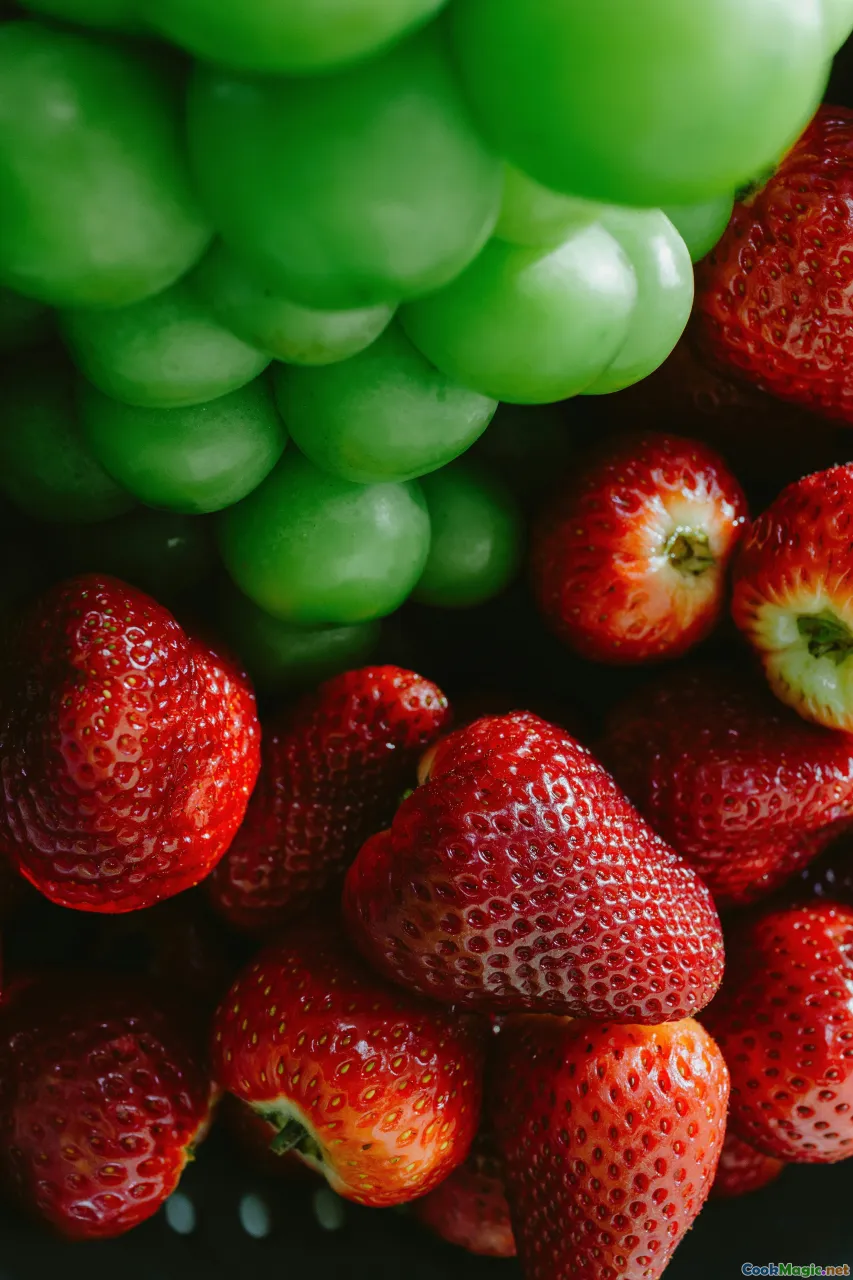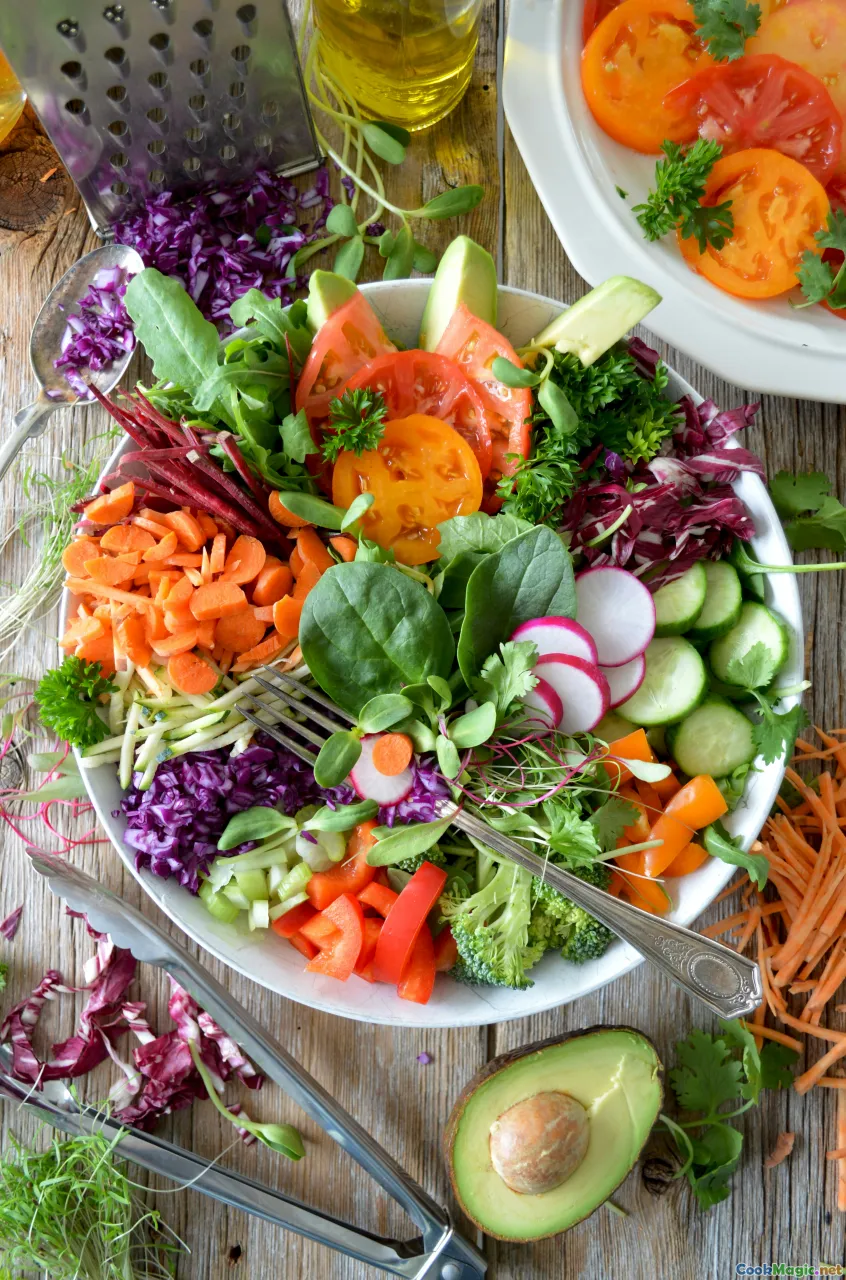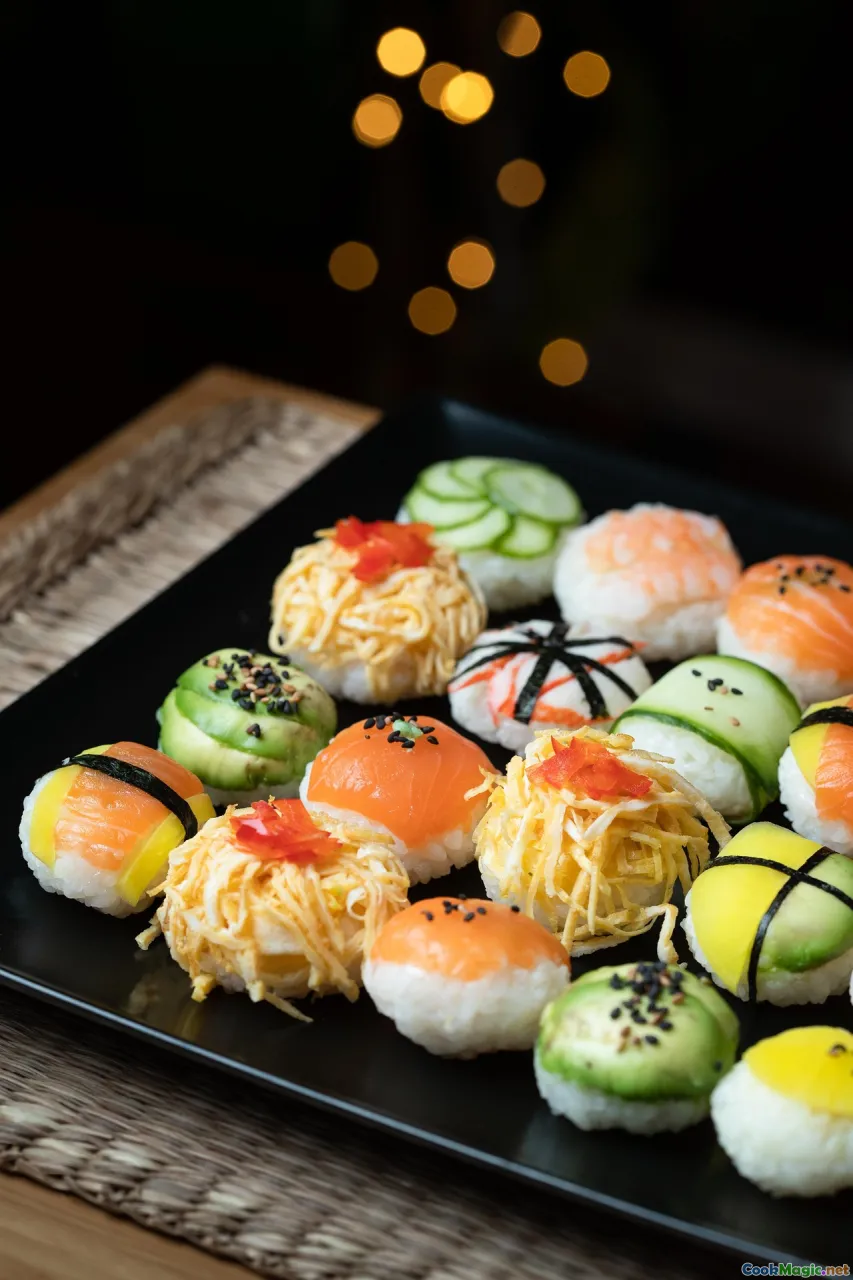The Role of Antioxidants in Recovery
10 min read Explore how antioxidants aid in recovery, enhance health, and support wellness through flavorful, nutrient-rich foods and culinary practices. October 02, 2025 12:05
The Role of Antioxidants in Recovery
Imagine the vibrant burst of flavor when biting into a sun-ripened strawberry, the earthy aroma of freshly chopped kale, or the sweet, honeyed notes of golden berries—these are not just sensory delights; they’re powered by nature’s very own protective molecules: antioxidants. For centuries, cultures around the world have harnessed the rich bounty of antioxidant-rich foods not just for sustenance but for health—consider the ancient Chinese herbal remedies teeming with medicinal herbs or the traditional Mediterranean diets emphasizing the vibrant color and freshness of their produce. Today, science aligns beautifully with these wisdoms, revealing the vital role antioxidants play in helping our bodies recover from stress, fatigue, and disease.
In this deep dive, we’ll explore the fascinating world of antioxidants—what they are, how they function, and how culinary traditions can harness their power to nurture our bodies from within. As culinary enthusiasts, understanding this connection opens new avenues to craft dishes that are not only pleasing to the palate but also bolster our resilience and health.
What Are Antioxidants? A Deep Dive into Nature’s Defenders

Antioxidants are naturally occurring compounds found abundantly in fruits, vegetables, nuts, grains, and spices. Named for their ability to combat oxidation—a chemical process where molecules lose electrons and produce free radicals—antioxidants serve as our biological defense system. Think of free radicals as mischievous fireflies darting around in our cells, attempting to cause damage, damaging DNA, lipids, and proteins. Antioxidants act like vigilant night-watchmen, neutralizing these free radicals before they can wreak havoc.
Common antioxidant compounds include vitamin C, vitamin E, selenium, carotenoids like beta-carotene and lycopene, and polyphenols such as flavonoids. For centuries, indigenous and traditional cuisines have been rich sources of these compounds, often embedded in the earthiness of root vegetables, the sweetness of berries, or the pungency of herbs. For example, turmeric, a staple in Indian dishes like curry, contains curcumin—a powerful polyphenol with antioxidant properties that have been celebrated for centuries.
How Antioxidants Aid in Recovery: Understanding the Biological Symphony

When we push our bodies—whether through strenuous physical activity, illness, or simple aging—oxidative stress increases, leading to inflammation and tissue damage. Here’s where antioxidants become our allies.
**1. Reducing Inflammation:**Chronic inflammation can hinder recovery, cause joint pain, and compromise immune function. Antioxidants mitigate inflammation by scavenging free radicals responsible for initiating and sustaining this process.**2. Supporting Cellular Repair:**After injury or illness, damaged cells need to be repaired efficiently. Antioxidants support the process by protecting DNA and cellular membranes, facilitating faster healing.**3. Boosting Immune Function:**A well-armored immune system is pivotal for recovery. Antioxidants enhance immune responses, energizing white blood cells and improving their ability to fight pathogens.4. Combating Fatigue: Oxidative stress can contribute to feelings of fatigue and sluggishness. By neutralizing free radicals, antioxidants help restore energy levels, making post-recovery tales more triumphant.
Culinary Strategies to Maximize Antioxidant Intake

Enriching your diet with antioxidant-rich foods isn’t just about eating more greens—it's about embracing a spectrum of colors, flavors, and textures that naturally pack an antioxidant punch.
Focus on a Rainbow Plate
The brighter the produce, the higher its antioxidant content. Think ruby-red tomatoes, deep green spinach, golden carrots, violet eggplants, and orange sweet potatoes. Combining these into salads, stews, or roasted vegetables ensures a diverse intake of antioxidants.
Incorporate Spices and Herbs
Spices like turmeric, cinnamon, clove, and black pepper don’t just add flavor—they deliver potent antioxidants. For example, a turmeric-laden lentil soup or a cinnamon-spiced roasted root medley can turn a simple meal into a healthful ritual.
Embrace Fermented and Traditional Foods
Fermentation enhances antioxidant bioavailability. Incorporate miso, sauerkraut, and kimchi to boost your antioxidant intake while supporting gut health.
Use Healthy Fats to Improve Absorption
Fat-soluble antioxidants like carotenoids require healthy fats for optimal absorption. Dress salads with extra virgin olive oil, or toss roasted vegetables in a drizzle of avocado oil.
Cultural Celebrations and Antioxidants

Across cultures, antioxidant-rich foods feature prominently in traditional dishes centered around health and longevity. The Mediterranean diet, lauded for its heart health benefits, highlights olive oil, nuts, fresh vegetables, and red wine—all rich in polyphenols. The Japanese focus on green tea, seaweed, and fish, each offering powerful antioxidants like catechins and selenium.
In Latin America, dishes like Brazilian açaí bowls and Mexican salsa fresco boast berries and spicy peppers loaded with anthocyanins and capsaicin respectively, both known for their antioxidant properties.
These traditions demonstrate an age-old recognition of the healing powers of antioxidants—crafted into foods that have sustained civilizations.
Real-World Examples: From Ancient Remedies to Modern Plates
The Mediterranean Olive and Tomato Duo
In Mediterranean cuisine, best exemplified by Greek salads, the combination of olive oil and ripe tomatoes provides a formidable combination of monounsaturated fats and lycopene—an antioxidant that gives tomatoes their fiery red hue. Together, they form part of everyday meals that have supported heart health and recovery for generations.
The Indian Turmeric Golden Milk
This warm, soothing beverage blends milk with turmeric, black pepper, and honey—all ingredients steeped in centuries of traditional medicine. Curcumin, the active compound in turmeric, is a powerful antioxidant proven to reduce inflammation and promote tissue repair.
The Japanese Matcha Ritual
Enjoyed in tea ceremonies, matcha—a powdered green tea—offers a concentrated dose of catechins, potent antioxidants that support detoxification and immune health.
Tips for Incorporating Antioxidants into Your Culinary Routine
- Start your day with a berry smoothie: Blend berries (blueberries, strawberries, acai), a handful of spinach, and a splash of green tea or coconut water.
- Experiment with spices: Incorporate turmeric, cinnamon, and ginger into your breakfast oats or baking pancakes.
- Create colorful salads: Use a variety of bell peppers, cherry tomatoes, radishes, and microgreens drizzled with extra virgin olive oil.
- Bake or roast root vegetables: Carrots, sweet potatoes, beets, and parsnips develop richer flavors and retain their antioxidants better when cooked at moderate temperatures.
- Drink herbal teas: Green tea, chamomile, and rooibos are antioxidant-rich options to hydrate and heal.
Celebrating Food as Medicine
Ultimately, appreciating the role of antioxidants in recovery elevates our culinary choices beyond taste, turning eating into an act of nurturing. Each dish prepared with intention—whether a vibrant bolstering salad, a warming turmeric soup, or a soothing cup of herbal tea—becomes a conscious step towards health and resilience.
Food has the incredible potential to heal, revive, and sustain us. By embracing the colorful, aromatic, and flavorful world of antioxidant-rich ingredients, we honor ancient wisdom and modern science alike, forging a culinary path that feeds not just our appetites but also our well-being.
Remember, every meal is an opportunity—an opportunity to celebrate the nourishing power of nature’s bounties, rooted in tradition yet ever-evolving in the kitchen. Cheers to vibrant health, flavorful recovery, and the endless joy of culinary exploration!









